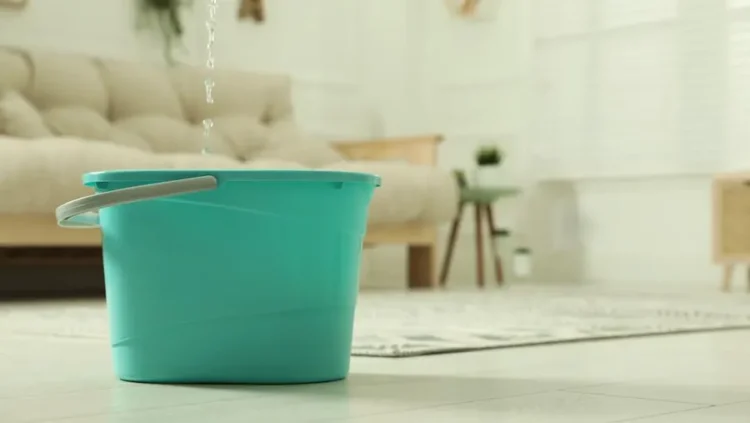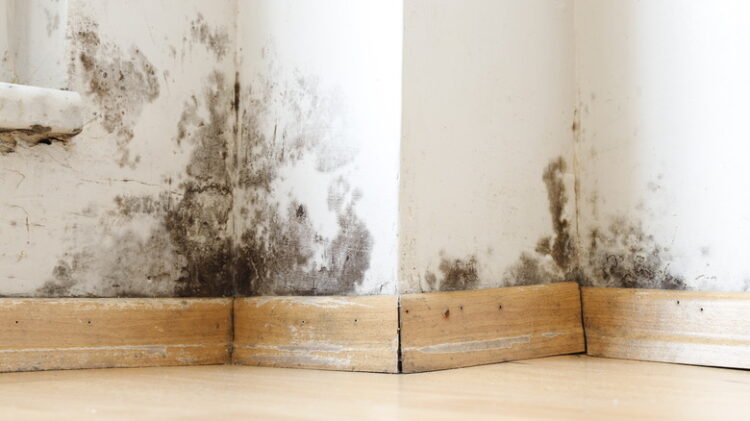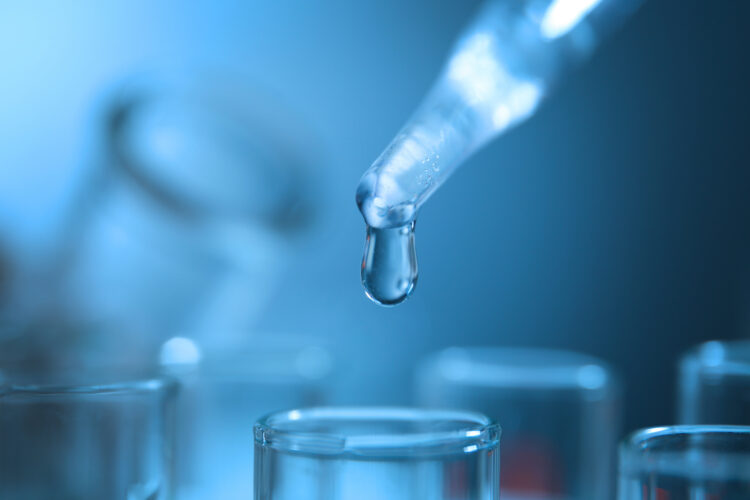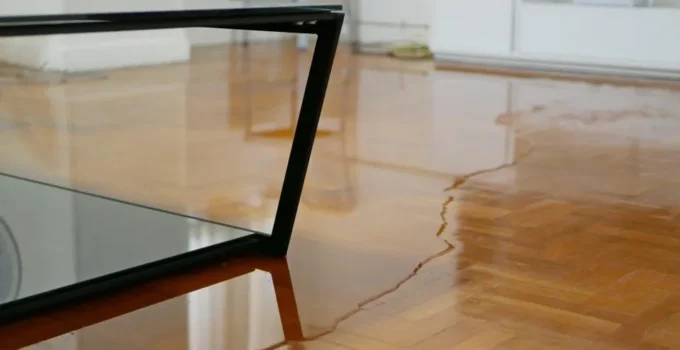Water damage can be a significant setback for businesses, leading to property damage, disruption of operations, and financial losses. However, with prompt and efficient action, businesses can quickly minimize the impact of water damage and restore their premises.
Page Contents
1. Act swiftly

Source: forbes.com
Time is of the essence when it comes to water damage. It is crucial to take immediate action as soon as the damage occurs. Start by shutting off the water source, if possible, to prevent further flooding. Then, contact a professional water damage restoration company to assess the situation and begin the restoration process promptly.
2. Ensure safety
Prioritize safety before entering the affected area. Turn off the electricity in the damaged area to eliminate the risk of electrical shock. Additionally, be cautious of potential structural damage or weakened floors and ceilings. Wear appropriate personal protective equipment (PPE) such as gloves, boots, and masks to safeguard against any hazards during the cleanup and restoration process.
3. Assess the extent of the damage
Conduct a thorough assessment of the water damage to understand the scope and magnitude of the problem. Identify the affected areas, including walls, floors, ceilings, furniture, and equipment. This assessment will help you prioritize tasks and develop an effective restoration plan.
4. Extract standing water

Source: forbes.com
Removing standing water is the first step toward water damage restoration. Use pumps, wet vacuums, or buckets to extract the water from the affected area. The quicker you remove the water, the better your chance of salvaging items and preventing further damage. Avoid using a vacuum because it can be hard on damaged floors and carpets.
5. Dry out the area
After removing the standing water, focus on drying out the affected area. Open windows and doors to improve ventilation, and use fans and dehumidifiers to expedite drying. Pay attention to hidden spaces such as wall cavities and under flooring, as moisture in these areas can lead to mold growth and further damage.
6. Salvage and restore
Evaluate which items can be salvaged and which need to be replaced. Furniture, electronics, and documents exposed to water may need specialized cleaning or restoration services. Consult with professionals who specialize in restoring water-damaged items to ensure the best chances of successful recovery. Pay attention to construction debris, dust, and dirt that may have settled on the walls, floors, ceilings, and furniture.
7. Mitigate mold growth

Source: housedigest.com
Moisture from water damage creates an ideal environment for mold growth, which can pose health risks and cause additional damage. Prevent mold growth by thoroughly drying affected areas, applying antimicrobial treatments, and monitoring humidity levels. If mold growth is already present, consult experts to remove and remediate the affected areas safely.
8. Repair structural damage
In cases of severe water damage, structural components of your business premises may be compromised. Engage the services of a qualified contractor or construction professional to assess and repair any structural damage, ensuring the safety and integrity of the building. Also, inspect the building’s electrical wiring and equipment to minimize the fire or electrical shock risk.
Additionally, consult a commercial restoration company to assess the building for mold growth and other contamination, which could present additional health risks.
9. Communicate with stakeholders
Effective communication is vital during the water damage restoration process. Keep employees, customers, suppliers, and other stakeholders informed about the situation, the progress of the repairs, and any temporary disruptions to operations. If necessary, provide alternative arrangements or temporary locations to minimize the impact on business continuity. Also, keep affected employees informed and involved in the restoration efforts.
10. Document the Damage
Before embarking on the restoration journey post-water damage, it is critical to thoroughly document the extent of the damage. Make a detailed record of the affected areas through photographs or videos, capturing damaged items and structural elements. Such documentation can be an asset when dealing with insurance claims and serve as a reference for future occurrences.
11. Secure Important Documents and Data
In the face of potential water damage, the safety of essential business documents, records, and electronic data is paramount. Adopt precautionary measures to store or back up vital data off-site. This action not only shields key information from water damage but also ensures smoother recovery and uninterrupted business continuity.
12. Test for Water Contamination

Source: aquaread.com
Water damage may carry hidden dangers in the form of contaminants, such as sewage or chemicals. Depending on the origin of the water damage, it becomes crucial to conduct appropriate tests for potential contaminants. Enlist professionals specializing in water damage restoration to ensure correct testing and effective decontamination procedures, if necessary.
13. Review and Update Emergency Response Plan
A water damage incident not only necessitates immediate action but also presents an invaluable opportunity to revisit and refine your emergency response plan. By incorporating the lessons gleaned from the experience, you can streamline procedures, update protocols, and boost your organization’s capacity to handle water-related emergencies efficiently in the future. This proactive approach ensures a higher level of preparedness and minimizes the potential impact of such incidents on your business operations.
14. Conduct Regular Maintenance Checks
By prioritizing regular maintenance checks, businesses can stay one step ahead of potential water damage. Taking proactive measures to identify and rectify issues early not only safeguards the integrity of the building but also ensures the safety of occupants and minimizes the risk of costly repairs and disruptions down the line. Remember, prevention is key in preserving your business’s assets and maintaining a secure and functional environment.
15. Take preventive measures
Water damage restoration is time-consuming, expensive, and disruptive. Therefore, taking preventative measures is the best way to safeguard your business from damage. Implement an emergency action plan to ensure the safety of employees and customers during a water-related emergency.
Also, consult industrial water damage cleanup experts about developing an efficient water management strategy for your business premises. Hire a professional water damage restoration company to help with the restoration process. Regularly maintain preventive maintenance schedules and check your insurance coverage to minimize the likelihood of incurring additional costs from water damage.
Water damage can be a challenging experience for businesses. Still, with prompt action, proper planning, and professional assistance, it is possible to repair the damage and return to normal operations quickly.
By acting swiftly, prioritizing safety, and following the tips outlined in this article, businesses can effectively mitigate water damage, minimize losses, and ensure a smooth recovery process. Remember, prevention is key, so continuously review and improve your water damage prevention measures to safeguard your business in the future.




